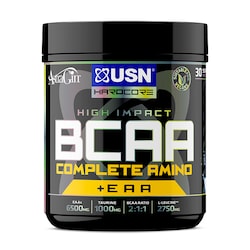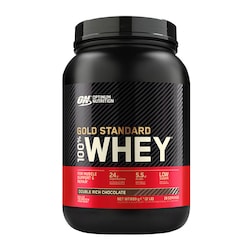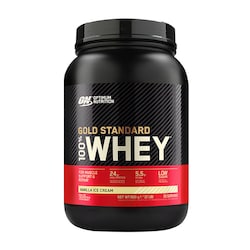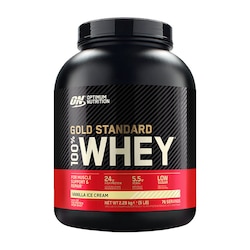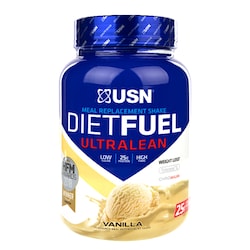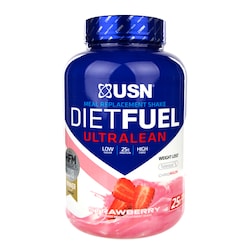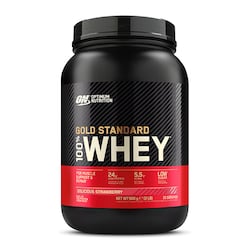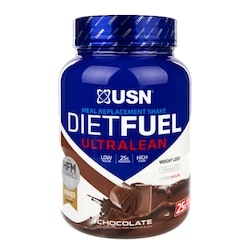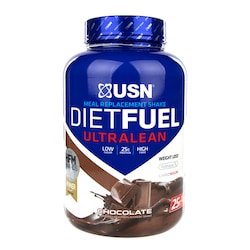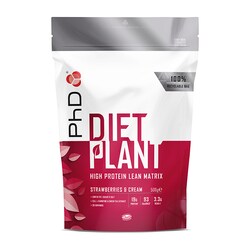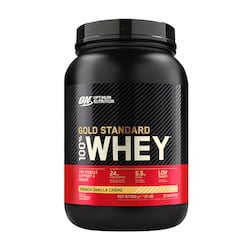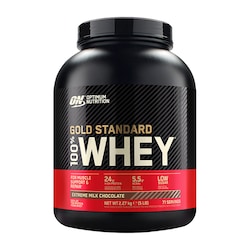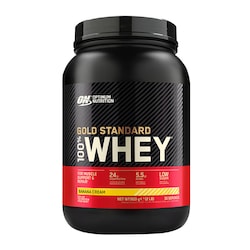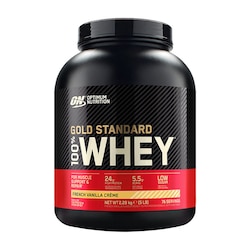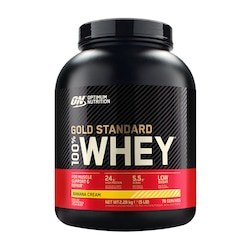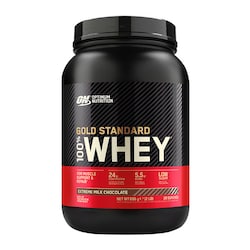20% off £30
Code:QUICK
What are essential fatty acids?

Eating oily fish is good for you, but why? it contains essential fatty acids. Discover the health benefits of ‘good’ fats, the link with omega-3 and more.
Summary
1What are essential fatty acids?
EFAs are fatty acids that the body cannot make or has limited capacity to make so we must get them through the foods we eat. They’re needed for the...
2Which foods contain essential fatty acids?
ALA (alpha-linolenic acid) – found in vegetable oils, flaxseeds, nuts including walnuts, soybeans and green leafy veggies. EPA (eicosapentaenoic...
3How many EFAs do I need?
There's no set reference nutrient intake for either omega-3 or omega-6. If you eat fish, the government recommends two portions of approximately...
Essential fatty acids like omega-3 really are essential for our health – but do you know why? Get the lowdown on all things omega with our guide
Written by Cheryl Freedman on February 15, 2019 Reviewed by Dr Sarah Schenker on February 27, 2019
You might know it’s important to eat some oily fish every week, and that nuts contain ‘good’ fats, but most of us would struggle to say why. One answer is that both contain essential fatty acids, or EFAs, that are vital for our health and wellbeing. It’s also important that we get the right balance of EFAs in our diets. If you’re left wondering what this all means, get the essential facts about essential fatty acids below.
What are essential fatty acids?
EFAs are fatty acids that the body cannot make or has limited capacity to make so we must get them through the foods we eat. They’re needed for the normal, healthy functioning of cells and various body processes.
There are two essential fatty acids. The first is linoleic acid (LA), also known as vitamin F, and it’s part of the omega-6 family. The second is known as alpha linolenic acid (ALA) and it’s in the omega-3 family.
Two other omega-3 acids are considered semi-essential as the body can make them – but our capacity to do this is limited. These are: eicosapentaenoic acid (EPA) and docosahexaenoic acid (DHA).1 These are all polyunsaturated acids, known as PUFAs.2
Why do we need EFAs?
The essential fatty acids are needed so that they can be converted into other omega-3 and omega-6 fatty acids, which are vital components of cell membranes – so every tissue in our body needs them to work properly.3 Omega-3s have lots of additional benefits,4 such as:
- helping to regulate blood cholesterol levels
- supporting heart health
- growth and development in unborn babies
On-going research into omega-3 has also found it can help reduce blood pressure (even in young, healthy adults),5 maintain healthy brain function as we age,6 and may be beneficial for dry skin conditions such as eczema.7 There’s even evidence that omega-3 could ease symptoms of depression.8 Omega-6 fatty acids are also important for health, and LA in particular has been linked with:9
- keeping cholesterol levels stable
- aiding weight loss, as part of a meal-replacement plan
- supporting skin and hair health
Which foods contain essential fatty acids?

- ALA (alpha-linolenic acid) – found in vegetable oils, flaxseeds, nuts including walnuts, soybeans and green leafy veggies
- EPA (eicosapentaenoic acid) – oily fish such as salmon or mackerel, shellfish including crab, and marine algae
- DHA (docosahexaenoic acid) – as EPA10
Our body can make a small amount EPA and DHA from ALA, but it cannot produce ALA.11 However, it’s a good idea to get all your omega-3s from your diet as the body’s conversion of ALA is limited. There are several kinds of omega-6 fatty acids, including:12-14
- linoleic acid – the most common type of omega-6, found in vegetable oils such as rapeseed and sunflower, and some nuts
- gamma-linoleic acid – found mainly in vegetable oils, including evening primrose oil
- conjugated linoleic acid – rich sources include animal protein and dairy products
How many EFAs do I need?
There's no set reference nutrient intake (RNI) for either omega-3 or omega-6. If you eat fish, the government recommends two portions of approximately 140g each a week, one of which should be oily fish. This will give you around the same amount of combined EPA and DHA (450mg) as you’d find in a fish oil supplement.15
Be aware that many of us are eating too much omega-6 in relation to omega-3. This is partly thanks to processed foods containing refined oils like corn or palm oil – think cakes, biscuits and margarine.
The ideal ratio is thought to be 4:1 omega-6 to omega-3, but we’re eating closer to 15:1!16 An imbalance of omega-6 in the diet has been linked to inflammatory conditions such as arthritis, Alzheimer’s and heart disease.17
A 2016 study published in the journal Nutrients also found that too much omega-6 could also up your risk of obesity.18
So, should I cut out omega-6?
Not so fast – the debate over omega-6 continues. For example, a 2017 study by the University of Eastern Finland found omega-6 is not as inflammatory as previously thought, while a 2018 study by the same team examined data from 2500 men taken over 20 years and discovered higher levels of omega-6 were actually linked to a lower risk of fatal cardiovascular disease.19,20
While the evidence is still evolving, it’s important to make sure you follow a healthy, nutrient-rich diet. Rather than cutting out omega-6 completely, experts suggest upping your intake of omega-3s and reducing your intake of omega-6 from processed foods to help balance out your intake of EFAs.21 It’s as easy as 1, 2, omega-3!
Advice is for information only and should not replace medical care. Please check with your GP before trying any remedies.
- Oregon State University. Essential fatty acids https://lpi.oregonstate.edu/mic/other-nutrients/essential-fatty-acids
- NHS. Fat: the facts https://www.nhs.uk/live-well/eat-well/different-fats-nutrition/
- European Food Information Council. The Importance Of Omega 3 and Omega 6 Fatty Acids https://www.eufic.org/en/food-today/article/the-importance-of-omega-3-and-omega-6-fatty-acids
- EU Register on nutrition and health claims http://ec.europa.eu/food/safety/labelling_nutrition/claims/register/public/?event=search
- Science Daily. Diets rich in omega-3 fatty acids may help lower blood pressure in young, healthy adults https://www.sciencedaily.com/releases/2016/11/161114110030.htm
- British Medical Journal. Serial circulating omega 3 polyunsaturated fatty acids http://press.psprings.co.uk/bmj/october/fattyacids.pdf
- Harvard School of Public Health. Omega-3 fatty acids https://www.hsph.harvard.edu/nutritionsource/what-should-you-eat/fats-and-cholesterol/types-of-fat/omega-3-fats/
- Deacon G, et al. Omega 3 polyunsaturated fatty acids and the treatment of depression https://www.tandfonline.com/doi/full/10.1080/10408398.2013.876959?src=recsys
- EU Register on nutrition and health claims http://ec.europa.eu/food/safety/labelling_nutrition/claims/register/public/?event=search
- National Institutes of Health. Omega-3 fatty acids https://ods.od.nih.gov/factsheets/Omega3FattyAcids-Consumer/
- National Institutes of Health. Omega-3 fatty acids https://ods.od.nih.gov/factsheets/Omega3FattyAcids-Consumer/
- NHS. Fat: the facts https://www.nhs.uk/live-well/eat-well/different-fats-nutrition/
- Penn State Hershey. Gamma-linoleic acid http://pennstatehershey.adam.com/content.aspx?productId=107&pid=33&gid=000305
- Kris Gunnars. Healthline. CLA (Conjugated Linoleic Acid): A Detailed Review https://www.healthline.com/nutrition/conjugated-linoleic-acid#sources
- The Association of UK Dietitians. Omega-3 https://www.bda.uk.com/foodfacts/omega3.pdf
- Simopoulos AP. The importance of the ratio of omega-6/omega-3 essential fatty acids https://www.sciencedirect.com/science/article/abs/pii/S0753332202002536
- Pattersson E, et al. Health Implications of High Dietary Omega-6 Polyunsaturated Fatty Acids https://www.ncbi.nlm.nih.gov/pmc/articles/PMC3335257/
- Simopoulos AP. An Increase in the Omega-6/Omega-3 Fatty Acid Ratio Increases the Risk for Obesity https://www.ncbi.nlm.nih.gov/pmc/articles/PMC4808858/
- Virtanen JK, et al. The associations of serum n-6 polyunsaturated fatty acids with serum C-reactive protein in men: the Kuopio Ischaemic Heart Disease Risk Factor Study https://www.nature.com/articles/s41430-017-0009-6
- Virtanen JK, et al. Serum n–6 polyunsaturated fatty acids and risk of death: the Kuopio Ischaemic Heart Disease Risk Factor Study https://academic.oup.com/ajcn/article/107/3/427/4939343
- European Food Information Council. The Importance Of Omega 3 and Omega 6 Fatty Acids https://www.eufic.org/en/food-today/article/the-importance-of-omega-3-and-omega-6-fatty-acids


